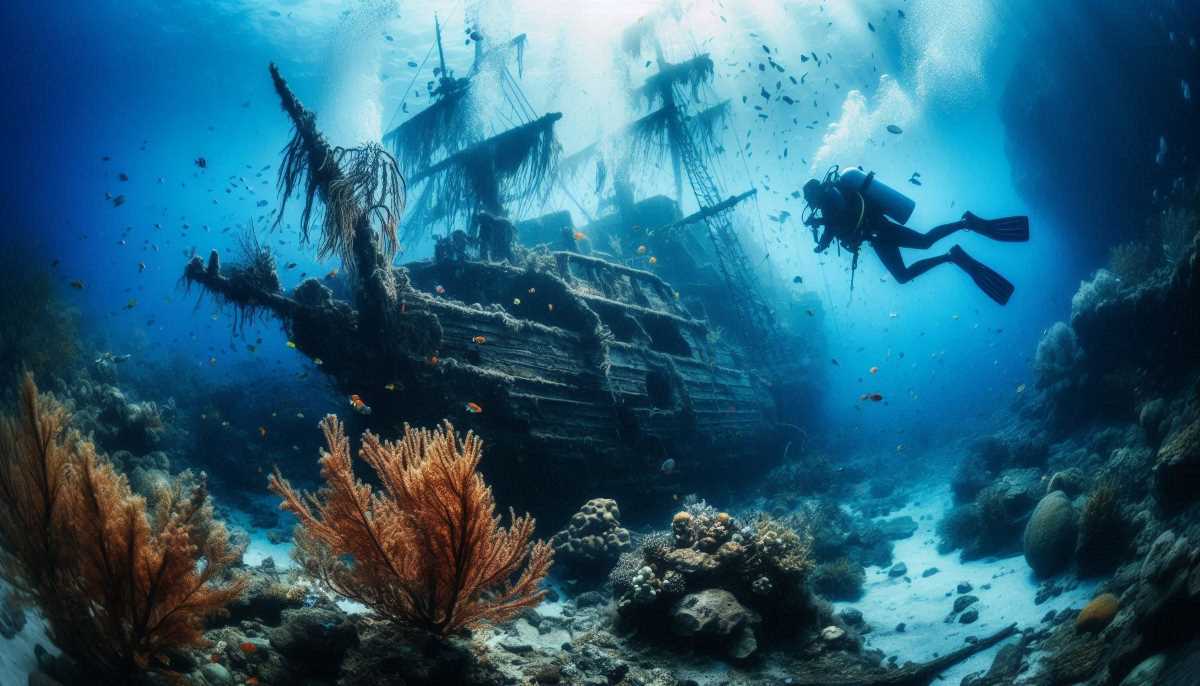The Sunken Treasure of the Banco Chinchorro in the Caribbean
Banco Chinchorro is a coral reef barrier off the coast of Mexico. It's a protected area rich in marine life and historical significance. Archaeologists have discovered numerous shipwrecks and artifacts dating back centuries, providing insights into the region's maritime past.

Imagine a world where time stands still, suspended beneath crystal-clear waters where ancient shipwrecks rest amid vibrant coral reefs. This is Banco Chinchorro, a marine museum unlike any other, located off the coast of Quintana Roo, Mexico. A place where history, marine biodiversity, and archaeology collide, it tells a captivating tale of centuries-old seafaring adventures and the unforgiving power of the sea.
Banco Chinchorro is not just a coral reef; it's the second largest barrier reef in the world, trailing only behind the Great Barrier Reef in Australia. Declared a Biosphere Reserve in 1996, this underwater paradise stretches over 800 square kilometers and is home to a kaleidoscopic array of marine life. Colorful schools of fish, sharks, sea turtles, and manatees find sanctuary in its lush coral gardens. The reef is a delicate, thriving ecosystem of over 95 species of corals and more than 200 species of fish, some of which are found nowhere else on Earth.




